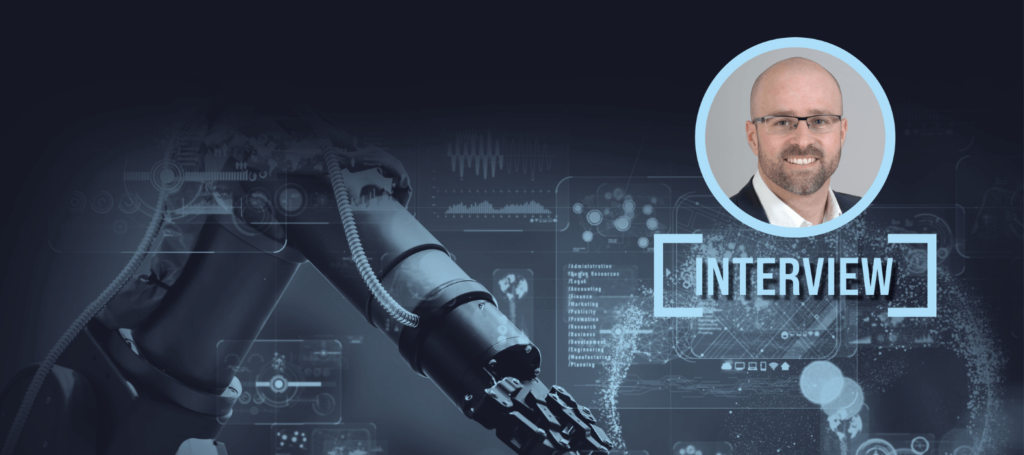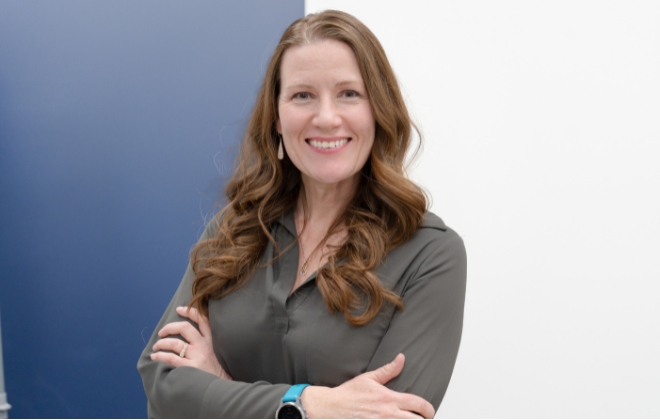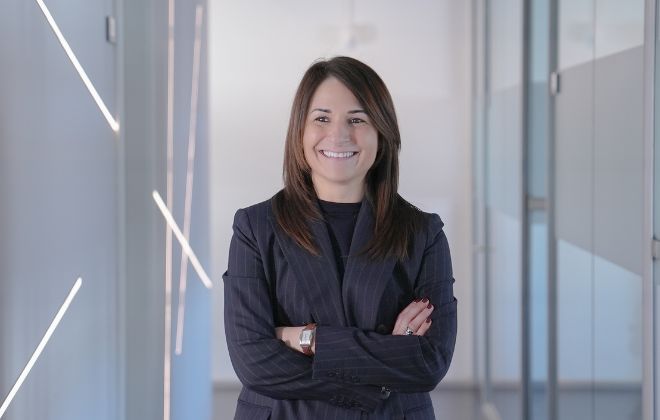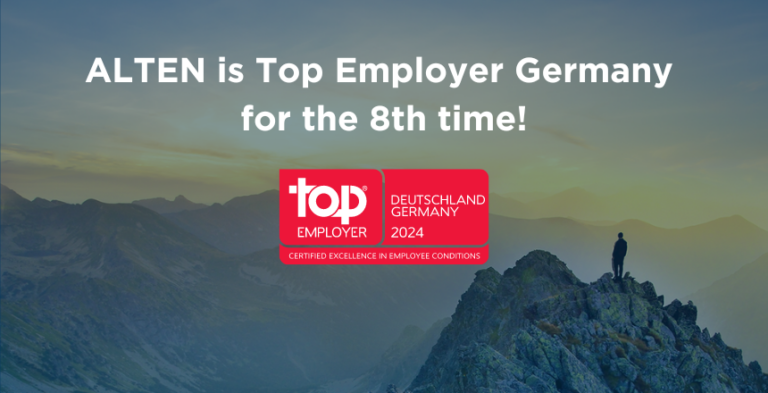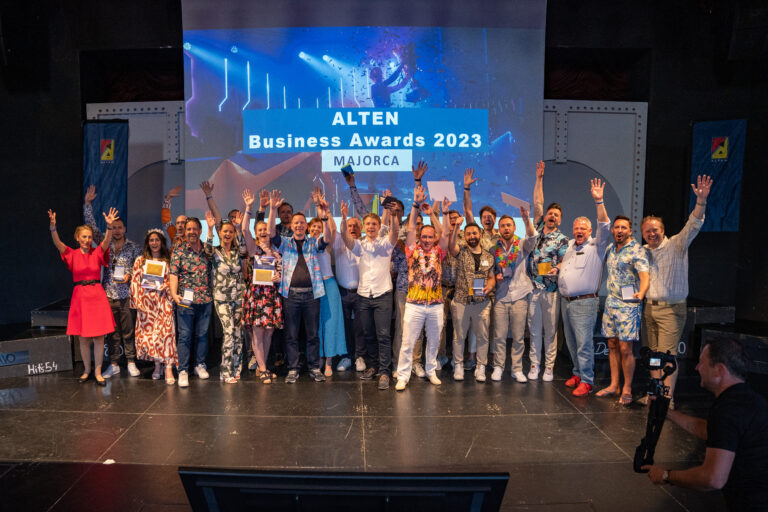In Factory 4.0, humans will no longer direct every step in production. In the factory of the future, machines will take over. Nevertheless, humans remain irreplaceable. François Portier, director of ALTEN’s Smart Factory 4.0 research program, analyzes our approach to strengthening the role of people in tomorrow’s industry. This initiative is based on partnerships with high technological added value.
What are the success factors of the fourth industrial revolution?
François Portier: The companies that are growing today are the ones that manage to complete the digital transformation before anyone else. Today, we order a car via our smartphone, we shop online, we try on clothes thanks to a virtual closet, and in less than 24 hours someone rings our doorbell to deliver. None of this would be possible without highly digital technology, even for short distances.
As a high-tech consulting firm, one of the biggest challenges of this shift is to position ourselves as integrators with ecosystems (large enterprises, startups, etc.) working together. The key to this paradigm shift is also to be able to work on programs and trends that have real added value for the industry.
One of them: the digital twin. Numerous projects are linked to this technology, the definition of which applies to a thousand and one industrial applications: data, AR/VR, training… But it is mainly through digital continuity that the definition of the Digital Twin is best understood. Around this theme, we are working with our partners, such as SIEMENS and STMicroelectronics, with the aim of shaping this digital continuity, the guarantee of a connected factory. Through the spectrum of this trend, we are able to develop projects with high added value, such as predictive maintenance, currently in the test phase at one of our most important customers in the aerospace industry, which drastically reduces costs.
Another key to success in the ongoing digital transformation is group development in the broadest sense of the word: companies of different sizes form ecosystems among themselves, but Factory 4.0 engineers also pool their decision-making, which is rich in the diversity of their skills in data, logistics, AR/VR, robotics…
Finally, the transformation of Factory 4.0 is considered successful when it is brought about by a rigorous methodology. Don’t get bogged down: This is the miracle recipe! And ALTEN’s Innovation Department teams are working hard to achieve this goal by helping their customers to accurately formulate their needs, based on their local challenges and with a pragmatic approach: taking stock, conducting studies, proposing solutions with added value, deploying them in ever larger areas, measuring the value of the projects in order to complete the entire transformation, and so on. The final goal is to train people in these automated processes and encourage them to adopt the approach with a view to full autonomy. In other words, it’s about creating change and learning how to make it last in order to successfully manage the industrial transformation of Industry 4.0.
And what about the human factor in all of this?
F.P.: Humans are at the center of all Factory 4.0 projects, yet this topic is very present due to the digital twin technology I mentioned earlier. We are mainly working on predicting and prescribing our algorithms for the various protagonists of the smart factory. For example, we can lead real-time support on production or assembly lines, warnings about accident risks or decisions for humans to avoid a predicted production interruption.
The most mature project where we have measured gains in an industrial setting is predictive and prescriptive maintenance, which has enabled us to extend the life of cutting tools in the aerospace industry by up to 30%. In addition, we implement all Digital Twin projects in a miniature factory, manufactured at the ALTEN Lab in Toulouse, where all our French engineers can work remotely. To develop our projects, we equip ourselves with the latest generation equipment: a prerequisite that allows us to develop our projects both internally and with our partners.
“The combination of human and artificial intelligence is a response to the goal of the Smart Factory: flexibility in production in response to increasingly personalized customer demand, with transparency over the path of products – from manufacturing to the hands of the end customer – while respecting costs, quality and deadlines.”
What partnerships have you forged to strengthen your technological leadership?
F.P.: SIEMENS is a key partner for connecting our digital twin to the factory of the future. The Group’s experts have extensive experience with our industrial customers. In addition, their digital tools, such as the latest generation machines, enable us to work on edge projects and integrate our predictive and prescriptive algorithms.
Once the machines are connected, we work internally on how to bring our virtual world to life. To do this, we are using various technologies that allow the factory operator to be informed about the activities in the virtual world thanks to AR/VR. We are focusing on two areas: training and monitoring of operator activities. The first area is training to ensure compliance with industrial areas, which is the subject of our work with SIEMENS’ Vizendo tool. Secondly, the monitoring of operator handling by means of image processing, in order to be able to help them when necessary.
STMicroelectronics is an ally in the field of IoT, which is becoming increasingly important in connecting an existing system to any level of maturity of a digital 4.0 system. AI in embedded systems is a technological revolution. Thanks to this technology, we have achieved the aforementioned results on predictive maintenance in the aviation industry. We are working with our partner to develop smart sensors that can be grafted onto any type of system in the factory to understand the functions associated with it: This is what we call learning intelligence.
Apart from the connectivity between the old and the new systems of the factory, this method allows us to process data at the source in an environmentally friendly way. In fact, processing data at the source thanks to these sensors means that we do not send a stream of data back to the system, which requires a lot of energy and causes a lot of storage space and losses. Our algorithms will communicate with the sensors to process only the desired information. For example, if an operator needs accurate information about the condition of a machine, the sensor will communicate the exact data about that issue and indicate whether there is a deviation that likely requires maintenance.
A final word?
F.P.: We are preparing activities for the use of smart IoTs in partnership with STMicroelectronics, predictive maintenance projects with the latest generation of SIEMENS machines, a whole training component on Vizendo AR/VR, and other development programs in logistics.
On a completely different note, as the head of the research program, I find it very gratifying to work with young engineers who are passionate about code and the factory of the future. Their ability to think outside the box is a real asset as we continue to learn and share our knowledge with those we support in the transition to an increasingly connected factory – both technologically and in terms of people!



